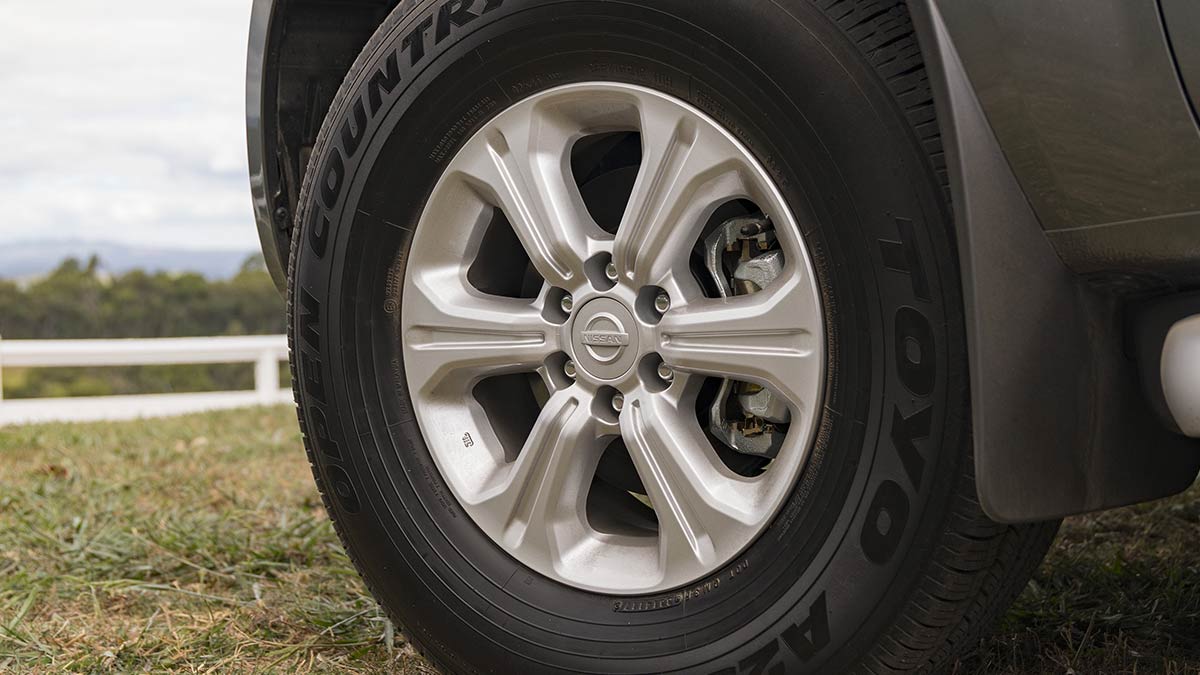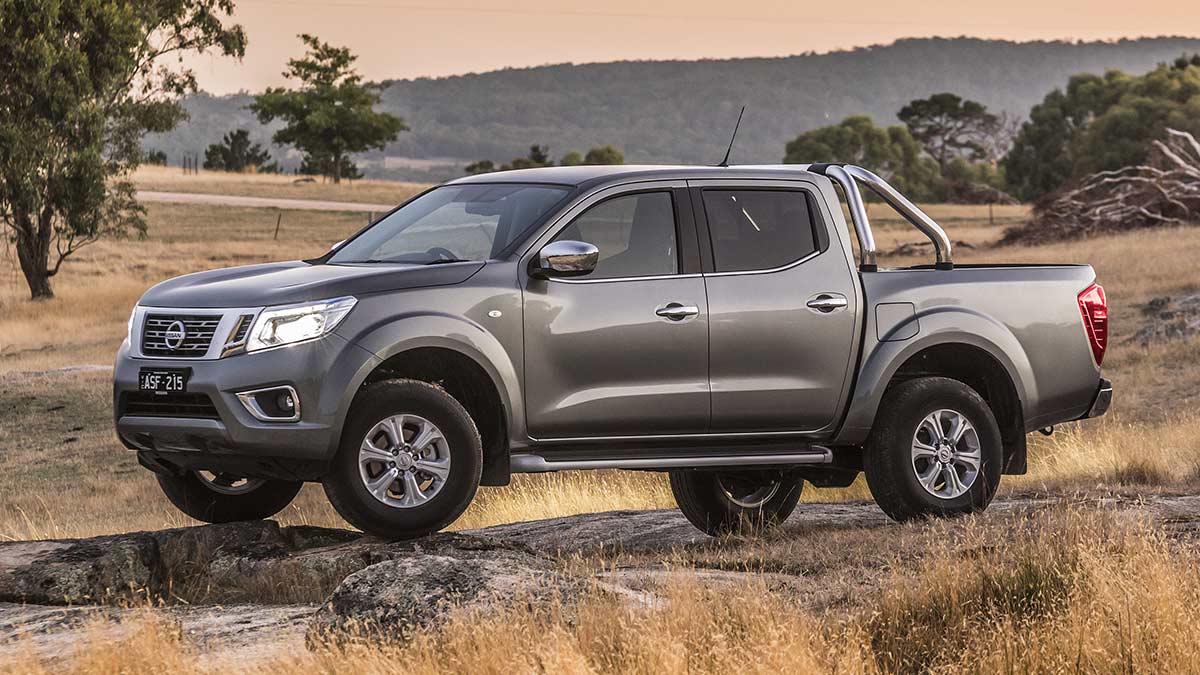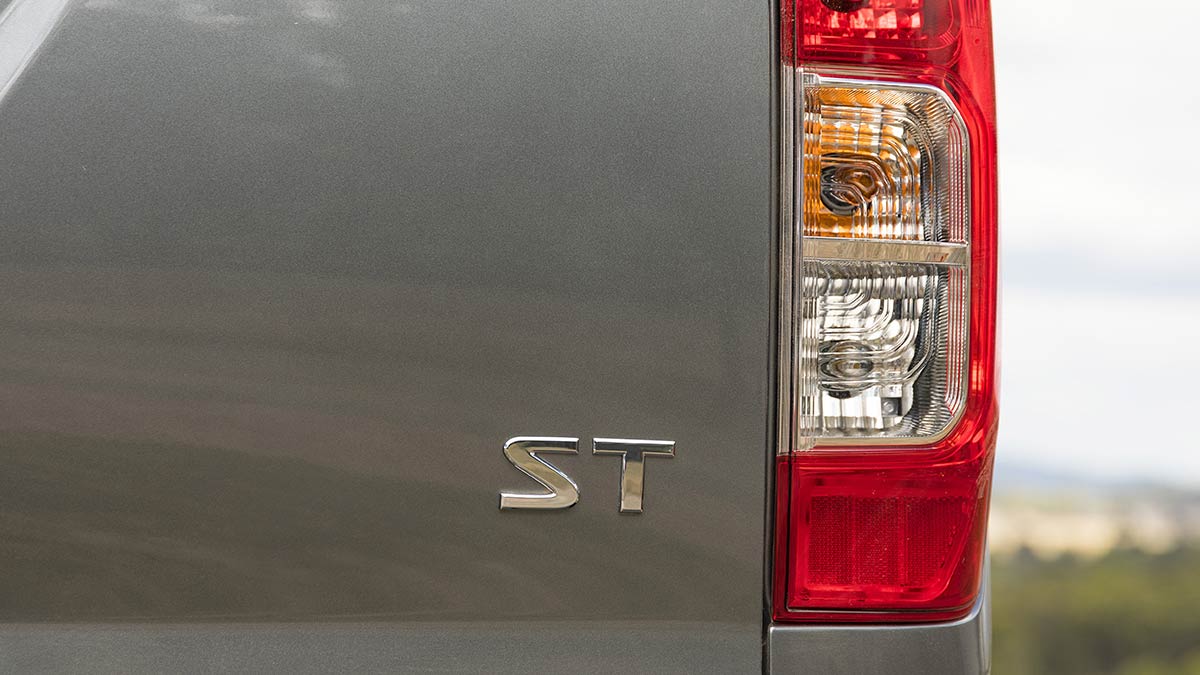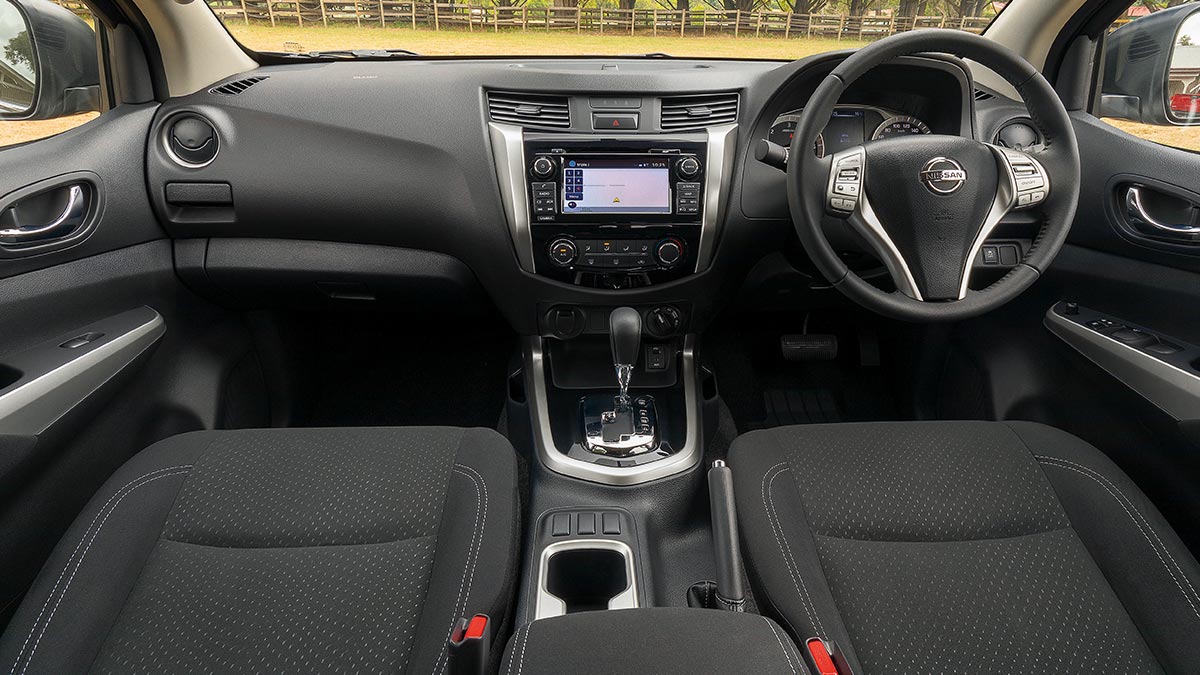Nissan Navara 2018 review
RACV tests Nissan’s versatile ute, the updated 2018 Navara.
The Nissan Navara ute range has a proud history of satisfying the many demands of work, family and recreational duties. This 2018 update is the third since the current-model Navara was introduced in 2015, and the second go at rectifying suspension issues.
Navara’s five-link, coil-spring rear suspension provided the desired softer ride when empty but was unsettled carrying a load. So Nissan Australia, to its credit, took notice of customer concerns and instigated changes with help from Nissan’s top Japanese chassis engineers.

The comprehensive line-up remains – Navara is available in 35 variants, with eight cab-chassis and 27 pick-up options, including 10 2WD and 25 4WD versions. Prices are competitive, starting from $25,990 plus on-road costs for the single-cab RX 2WD six-speed manual cab-chassis version through to $54,490 for the dual-cab ST-X -speed automatic 4WD pick-up. Dual-cab models account for 90 per cent of sales and most are 4WD configuration.
There has been some shuffling of standard features in the lower grades with a rear-view camera and satellite navigation now offered on more models, while ISOFIX child-seat mountings are now fitted to all dual-cab versions.
The ST-X gets ‘around view monitoring’ which employs four cameras and is displayed within the seven-inch infotainment system. Leather-accented trim with heated front seats and eight-way power adjustment for the driver’s seat is a $1500 option on the ST-X. Adding to the driving ease, all SL, ST and ST-X models built from June will have a digital speedo, while a repositioning of the tie-down points in the load area promises improvement.
Navara comes standard with seven airbags and carries the five-star ANCAP rating from 2015, but it doesn’t have any of the latest advanced safety features – such as autonomous emergency braking, blind-spot warning or lane-keep assist – that we are now seeing on some of its competitors.
The updated 2018 model does not look all that different from its predecessors. It has the same rugged, purposeful exterior appearance, a roomy interior, well laid-out controls and is neatly trimmed. But beneath the surface substantial work has been done on the SL, ST and ST-X-grade 4WD dual-cab pick-up versions to get Navara back on track. Other variants still employ the heavy-duty leaf-spring set-up.
The solution has been a dual-rate coil-spring set-up and a new dynamic rebound damper to help cushion loads at the limit. The dual-rate springs maintain the ride comfort with light loads, and progressively stiffens up with heavier loads and more rugged territory.

In unladen form, the upgraded version is 25 millimetres higher than its predecessor. When loaded it no longer looks to be sagging in the rear, with the back sitting 40 millimetres higher than the previous model with a full load in the tub. The other notable change is a steering upgrade.
Nissan then followed up its improvements with extensive local testing and fine-tuning of the steering and suspension to suit Australian conditions.
Our test vehicle was the top-selling ST-grade automatic 4WD dual-cab pick-up, which gets the more powerful engine of the Navara’s two similar-capacity diesels. Output of this 2.3-litre twin-turbo diesel is unchanged, with 140kW of power at 3700rpm and 350Nm from 1500rpm through to 2500rpm. While not class leading, the proven engine and seven-speed automatic combination does the job with minimal fuss.
The official ADR fuel consumption is a low 7.0L/100km, which makes it one of the best in class, but on test our vehicle averaged 9.9L/100km – higher but still respectable.
As well as putting the Navara through its paces under our normal RACV test program, we also had the opportunity to drive the upgraded model with a range of load and towing configurations over a variety of road conditions at its launch.
The extra load was noticeable, as you would expect with most vehicles in this class, but the Navara handled the challenge relatively easily. It is still not perfect but the suspension and more precise steering are a vast improvement over earlier Navaras. The revised steering is a little more direct and has a better feel, while for a commercially targeted vehicle, the ride remained comfortably controlled and handling proved secure under widely varying load and road conditions.
Maximum towing capacity is a hefty 3500 kilograms, but it’s important to consult the owner’s manual for maximum ball load as this varies with the vehicle load.
The verdict
After taking the upgraded Navara through its paces with a variety of load configurations at its launch, and then conducting our normal RACV road test, the Navara can be declared back on track. It doesn’t set any new class standards, but is once again a serious contender worth considering.
|
Price |
$49,690 + $4793 (est) on-road costs. Premium paint $575. Range $31,990 to $54,490. |
|---|---|
|
Safety |
Five-star ANCAP rating. Seven airbags. Reversing camera. Auto on/off LED headlights. ISOFIX. Daytime running lights. Front fog lights. |
|
Connectivity |
7” touch-screen. Sat-nav. Bluetooth. AUX/USB input. |
|
Vehicle features |
Side steps. Alloy sports bar. Rear power-sliding window. Alarm. |
|
Driver features |
Tilt steering adjustment. Remote keyless entry. Heated folding side mirrors. |
|
Specifications |
Drivetrain: 2298cc, 4-cyl turbo diesel. Four-wheel drive. 7spd auto/dual-range 4X4. 140kW@3750rpm, 450Nm@1500-2500rpm. |
|
Service/repairs |
12-month/20,000km services. |
|
RACV rating |
✩✩✩✩ |





